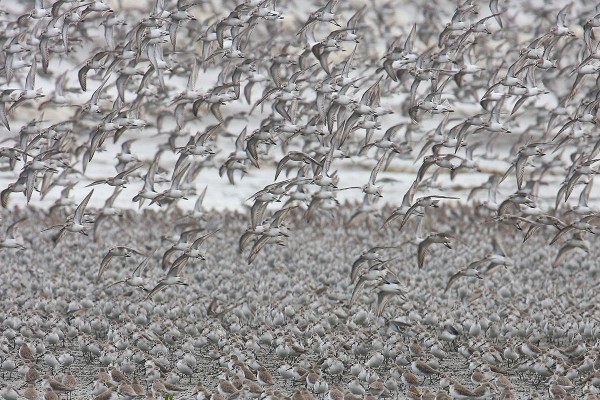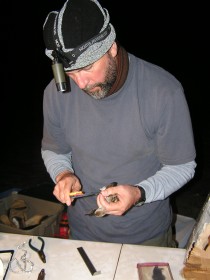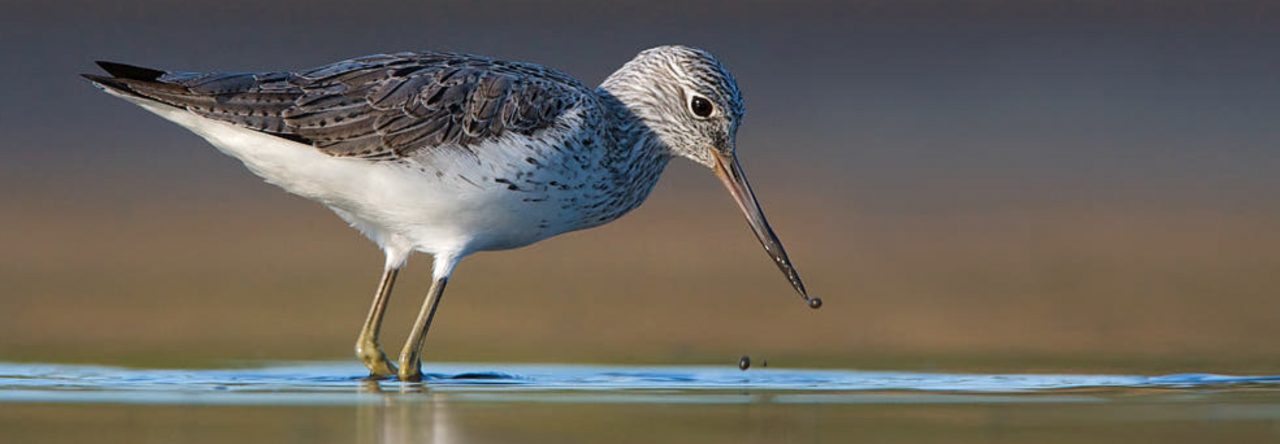Written by Bryan Watts/Center for Conservation Biology
In early March, more than 50 international shorebird scientists from government agencies, NGOs, and academic institutions lead by the U.S. Fish and Wildlife Service completed and released Phase 1 of the Atlantic Flyway Shorebird Business Strategy. Other phases are to follow that will be more focused on critical areas of the flyway including the Caribbean, Central and South America. Designed to halt and reverse population declines for species using the Atlantic Coast, the strategy is intended to be a blueprint for funding and implementation. The completion of this 2-year effort is a true milestone in shorebird conservation. It represents a call to action for both the conservation community and funders both of which are needed to achieve success.

Download the full strategy
The Western Atlantic Flyway supports one of the largest near-shore movement corridors of birds in the world. The flyway hosts hundreds of millions of birds annually, many of which are of conservation concern. The assemblage of birds that utilize the flyway is diverse and their relationships to the Atlantic Coast are varied. The greatest volume of birds uses the flyway as a movement corridor between breeding and wintering grounds. Birds funnel through the flyway from a broad geographic area ranging from the high latitudes of northern Europe to Siberia. All individuals from entire populations or species may move through the flyway making the area particularly significant for their survival. In addition to using the coastline as a movement corridor, many species use portions of the Atlantic Coast as migratory staging areas, breeding grounds or wintering grounds.


